Data vs. Platform and Open Data
I admit to being a bit jargony at times. It is a bad habit of mine and it stems from three sources - government contracting, USAID/foreign assistance, and IT.
And the jargon between the three often don't overlap. One example of this is the difference between data and platform, which I find most people outside of IT don't have a good grasp of. The difference is key when discussing Open Data because the entire point of open data is to liberate data from the platform.
So here is my attempt to explain this jargon.
Platform: the software that is used to capture, create, store and display data. This website is a platform. Facebook is a platform, as is your email program, MS Word, various databases, and Excel.
Data: is the content - be it text, numbers, photos, etc., that is captured, created, stored and displayed by the platform. The data in the database (including the schema), the Word documents, the text in your Excel spreadsheet: this is all data.
Open data liberates the data from the platform. This means that if you are using open data standards, it should no longer matter which platform you use to capture, create, store or display your data; the platform can wither away in obsolescence but your DATA can live on.
This is important for several reasons:
1. As technology moves onwards, our platforms get replaced by newer versions. What was cool and trendy in 2001 is worthless today. But while technology decreases in value as it ages, the data that is created by it increases in value.
2. Migrating data can be a PITA and very, very expensive, or it can be dead easy. It all depends on how you treated the data from the beginning.
Think about moving from one computer to a newer model. You want to move all those photographs you took over the past 10 years, right? But maybe not all of them? You want to move the ones from that work trip but not of girls’ night in that sketchy bar… If you were good about labeling and organizing folders and images from the start, this is a 10 minute migration. If you dumped everything into the same folder and they all have img02843543.jpg as their file name, well, that will take a heck of a lot longer…
3. Layering and aggregating with different sources is now so much easier. So let's say you have survey results of a malnutrition study in excel funded by the African Development Bank. Let's say you were smart and you geocoded each survey area. And let's say you pull from the African Development Bank their awesome geocoded list of all projects funded by them in your country. And you grab a copy of World Bank malnutrition rates, geocoded by district for that country. You can create a google map with heat maps, pin points and other ways of visualizing the data by layering and aggregating it among three distinct data sets - because you all used a common linking mechanism - the geocode.
And the best part? You don't have to actually talk to anyone at the African Development Bank or the World Bank or at Google. Because they publish this raw data for you to use, following international data standards.
4. The more you give, the more you get. By creating your own data following international standards, such as IATI, you not only allow others to use your data in new and innovative ways; you encourage them to create their data in ways that you can use. Different departments and offices within your own organization can now "unsilo" data to allow for a broader view of what you are doing. We get this amazing multiplier effect that we are only now starting to imagine.
As I like to tell people, you will get maybe five years with your platform; but your data should live forever. A little bit of thinking and planning now, will make this a reality.
« Back to Sonjara Blog

